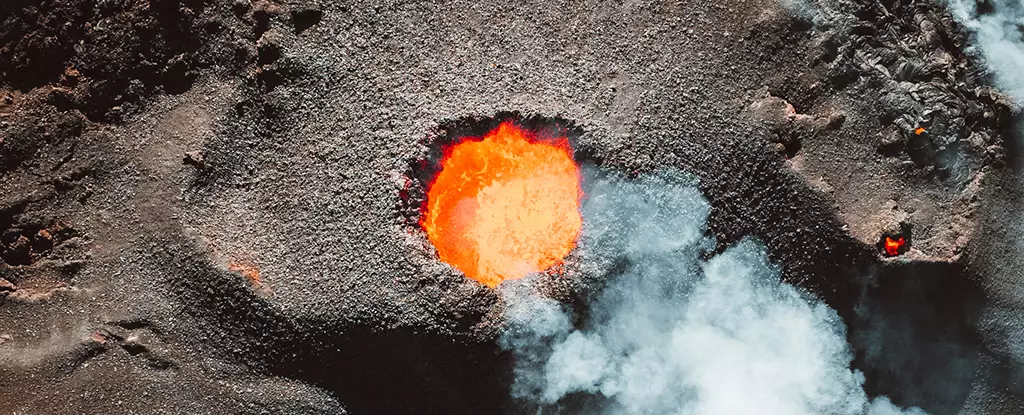Antibiotics have undeniably revolutionized medicine and public health, saving countless lives since their widespread adoption in the early 20th century. Amid this success, scientists continually seek new sources to address the increasing challenge of antibiotic resistance. A fascinating chapter in this pursuit is rooted in the soil of a volcano in Cameroon, where an exploration of ancient microbial activities unearthed potential candidates for novel medicinal compounds. Discovered more than 50 years ago, the red pigmented bacterium Streptomyces arenae emerged as a beacon of hope due to its potent antimicrobial properties. However, translating the compounds identified in nature into usable forms for medical application remained an arduous journey.
The structural complexity of the compounds derived from Streptomyces arenae, prominently the naphthocyclinones, posed significant challenges for chemists. These compounds, characterized by their multi-ring structure and intricate chemical bonds, defy straightforward synthesis, often leading to numerous unwanted byproducts. Traditional methods of chemical synthesis, therefore, fell short in yielding sufficient amounts of these valuable antibiotics, prompting researchers to rethink their approach. This scenario encapsulates the broader struggle within organic chemistry: the delicate balancing act between complexity and practicality. Over the years, attempts to harness the power of naphthocyclinones seemed to stall due to varying reasons, including insufficient yields and the unpredictable nature of chemical reactions.
A paradigm shift arrived as Japanese researchers from the Institute of Science Tokyo embarked on a journey of retrosynthetic analysis—a strategic method that entails deconstructing a target molecule into simpler precursors, akin to taking apart a sophisticated machine to understand its assembly. By focusing on one of the compounds, β-naphthocyclinone, they could explore the synthetic pathways leading to its construction. This approach shed light on the foundational molecular units that could be reorganized and reassembled to create the complex naphthocyclinones.
The researchers encountered an intricate molecule named bicyclo[3.2.1]octadienone, essential for bridging two simpler units. Their task demanded not only precision but also a robust understanding of chemical interactions—the failure to appropriately position the molecule could yield entirely different compounds. Herein lies the ingenuity of the research team; they employed multiple advanced chemical techniques to orchestrate the synthesis flawlessly.
The culmination of their efforts materialized when the team successfully synthesized β-naphthocyclinone with a remarkable 70% yield. Subsequent to this accomplishment, oxidative lactonization allowed for the creation of γ-naphthocyclinone, achieving an impressive yield of 87%. This dual success in synthesizing structurally similar antibiotics holds transformative potential, particularly for medical science—a continuous supply of potent antibiotics can be generated within laboratory settings rather than journeying to remote volcanic soils.
The implications of this research extend beyond mere synthesis. The methodologies developed during this process signal a promising framework for future endeavors aimed at discovering and synthesizing other complex antibiotic compounds. As Yoshio Ando, a chemist involved in the study, stated, “Further efforts along these lines are already in progress in our laboratory.” This declaration hints at an expanding horizon of exploration that may yield new classes of antibiotics in dire need by clinicians around the world.
This innovative work reinforces the importance of interdisciplinary approaches in modern scientific inquiry. By bridging microbiology, organic chemistry, and pharmacology, the researchers illustrate how collaboration can surmount significant challenges. Furthermore, the study highlights the potential hidden in natural environments—exploration and analysis of lesser-known ecosystems could unveil undiscovered compounds that may play critical roles in fighting contemporary diseases.
The reverse-engineering of antibiotics originating from a Cameroonian volcano epitomizes how past discoveries, paired with modern scientific advancements, can lead to actionable outcomes in medicine. The journey ahead will undoubtedly involve further explorations and innovations, as researchers pursue novel compounds capable of outsmarting bacterial resistance. As challenges persist in the medical field, it is vital to look both backward to discover and forward to innovate in the ongoing fight against infection.

